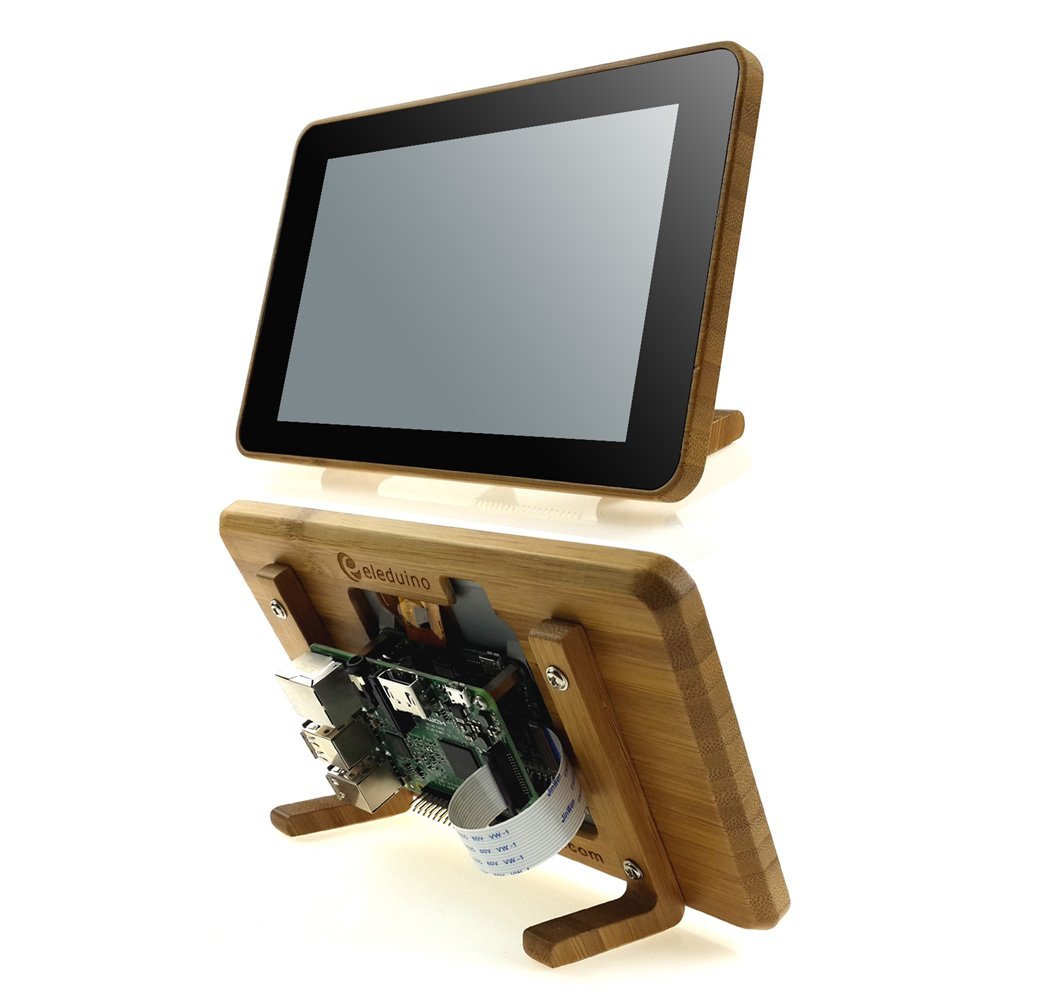; Date: Tue Jul 02 2019
Tags: Apple »»»»
Since 2015 it seems that Apple has careened from one major hardware flaw to another major hardware flaw in the MacBook Pro line. Either it's a horrible keyboard design, or a ribbon cable that breaks rendering the display useless and requiring an expensive repair, or various other hardware flaws. The attached video is from a prominent expert at repairing broken Apple hardware, and gives more details than you want to know about Apple's failure at designing reliable laptop computers. I think he goes overboard in this video, but the information is spot on with technically deep explanation of why one should avoid the newer MacBook machines.

For the record I am typing this on a 2012 MacBook Pro, Core i7, with 16 GB of memory, and 1.2 Terabytes of storage including a 500GB SSD. That's a 7 year old computer on which I do heavy-duty software development and a whole bunch of other work all day long. I could go on about what I do with this computer - bottom line is that any part on this computer can be replaced, and the system is still extremely capable seven years later.
As for why one should avoid the last few years of Apple's laptop's, what I can directly discuss is the Flexgate issue. This is a really stupid problem on Apple's part - a simple ribbon cable that easily breaks and necessitates an expensive replacement of the display. The issue affected 2016 and 2017 model years, possibly the 2015 model year, and is simply dumb.
In previous years Apple had used a normal display CABLE between the logic board and the display. But in 2016 (??) they switched to a ribbon cable - maybe it let them shave off a couple millimeters of thickness? In any case the new cable was designed just a little bit too short, and as you opened/closed the lid the cable would break. To make it worse the cable is indelably integrated with the display such that you cannot replace the cable by itself and instead must replace the display, which costs several hundred dollars.
This is just one of several stupid design flaws on Apple's part.
On just the Flexgate issue it's worthwhile avoiding the 2016 and 2017 model years completely. The video discusses the so-called butterfly keyboard that is apparently extremely horrible. And there is an incredibly stupid issue where humidity can cause a short that will send 54 volts directly into the CPU. And on and on and on.
On a related-but-tangential-note I'll mention this earlier blog post: Apple's Mac Mini Pro: What it should be
Basically - the Mac Mini has suffered from horrible design choices for several years. The 2009-2010 Mini (and earlier models) could be easily opened (albeit with a putty knife) and any kind of maintenance and upgrade you wanted could be performed. Starting with the 2011 Mac Mini's Apple made it harder and harder to service the innards and perform upgrades.
Apple should be 100% completely embarrassed by the fact that the Intel NUC is an extremely better implementation of the Mac Mini concept. Both are small but powerful desktop computers, in a smallish box, that run at low power consumption, but offer large computing capabilities. Where the later Mac Mini models are closed boxes that are incredibly hard to open and service, the Intel NUC's are extremely user-serviceable and are explicitly designed for serviceability.
The attached video recommends several specific variations of the 2013-2014 MacBook Pro's. I imagine those model years offer better performance than my 2012 MacBook Pro. And the Retina screen is surely much better. But these machines have some flaws such as soldered-in memory chips.
I'm beginning to lean towards Hackintoshed laptops
- Building a fake MacBook Pro while complaining about cliquey Apple fans
- Building a touch screen fake MacBook Pro laptop











